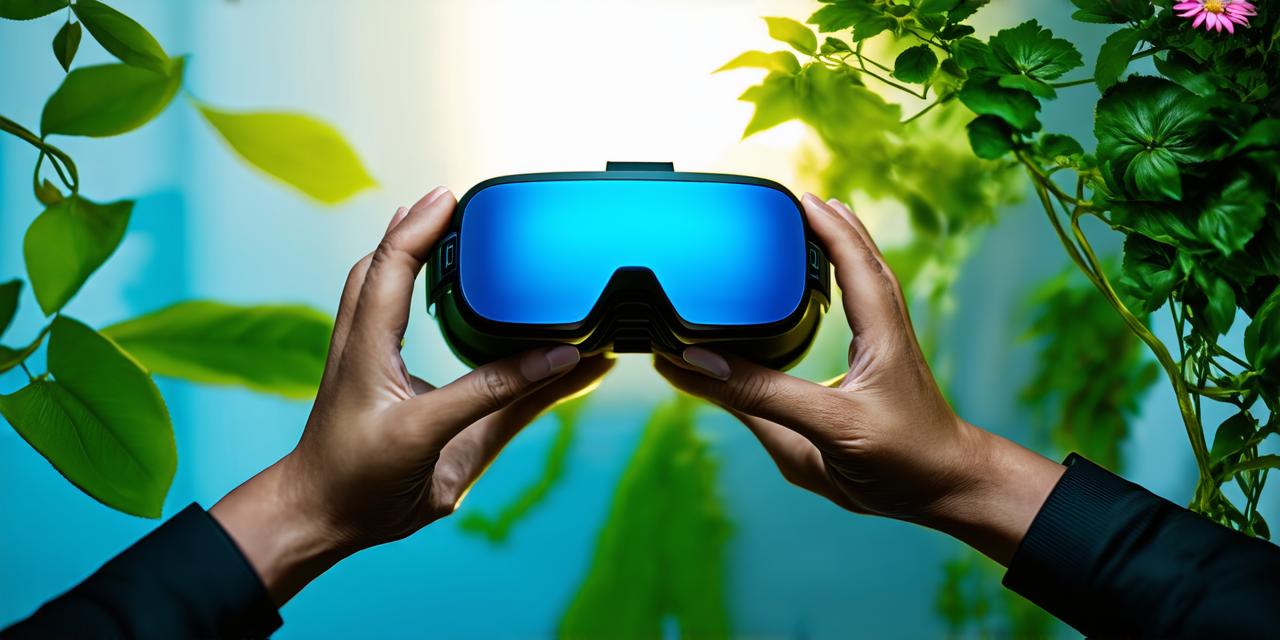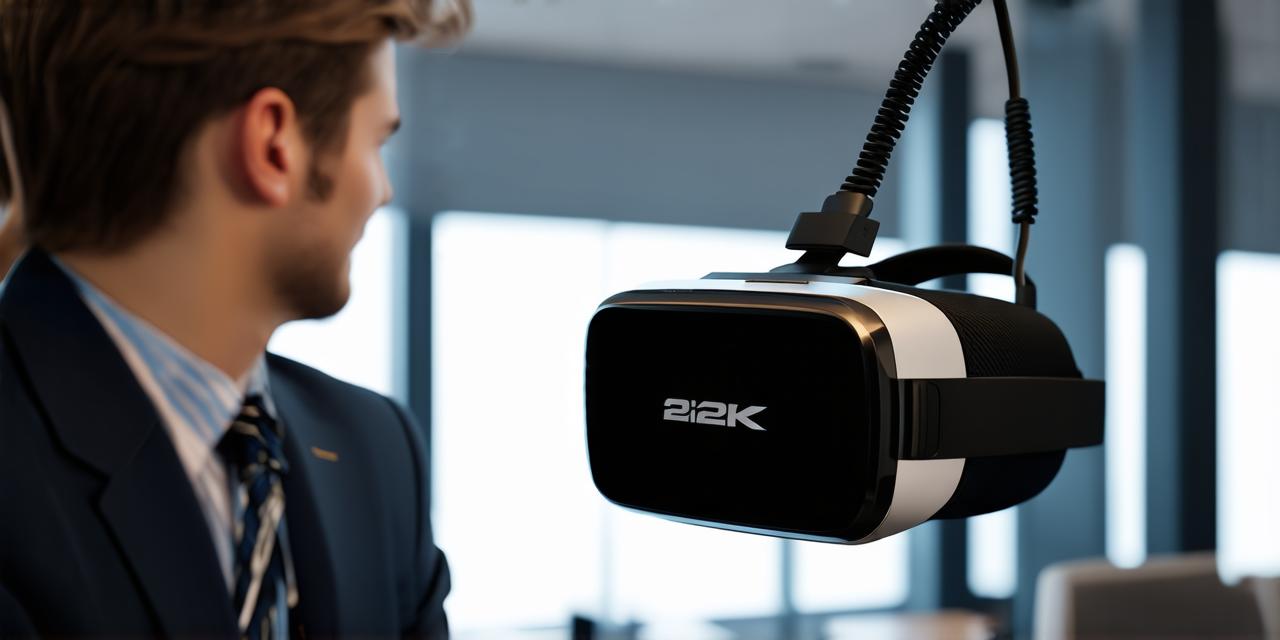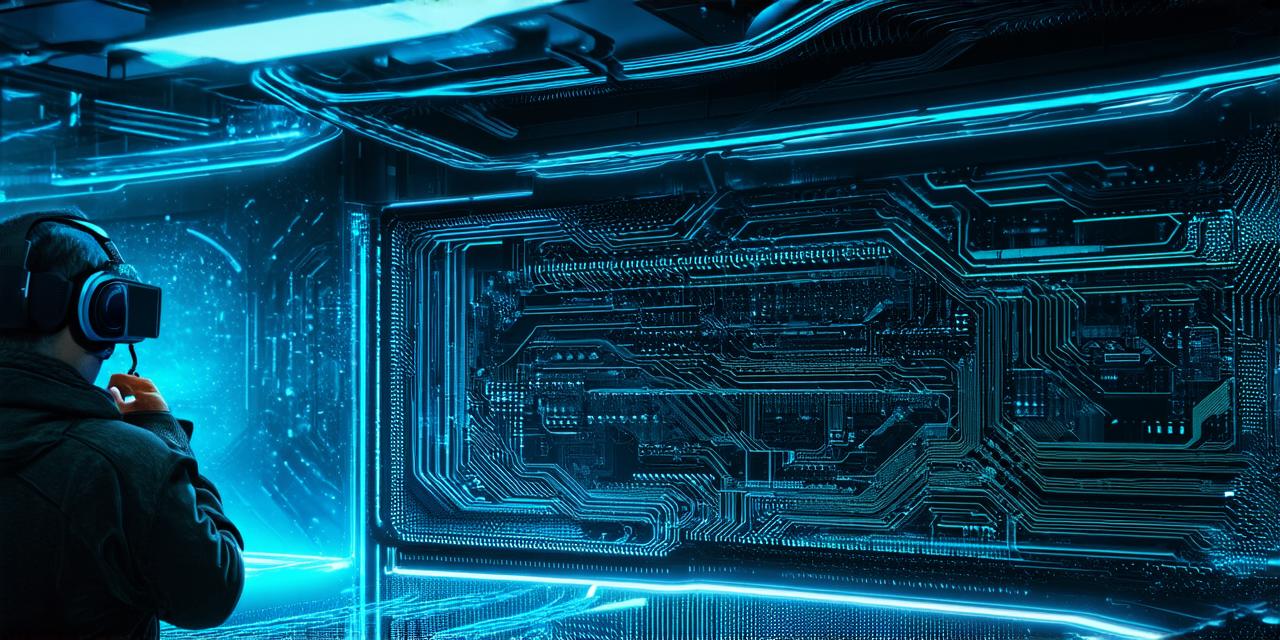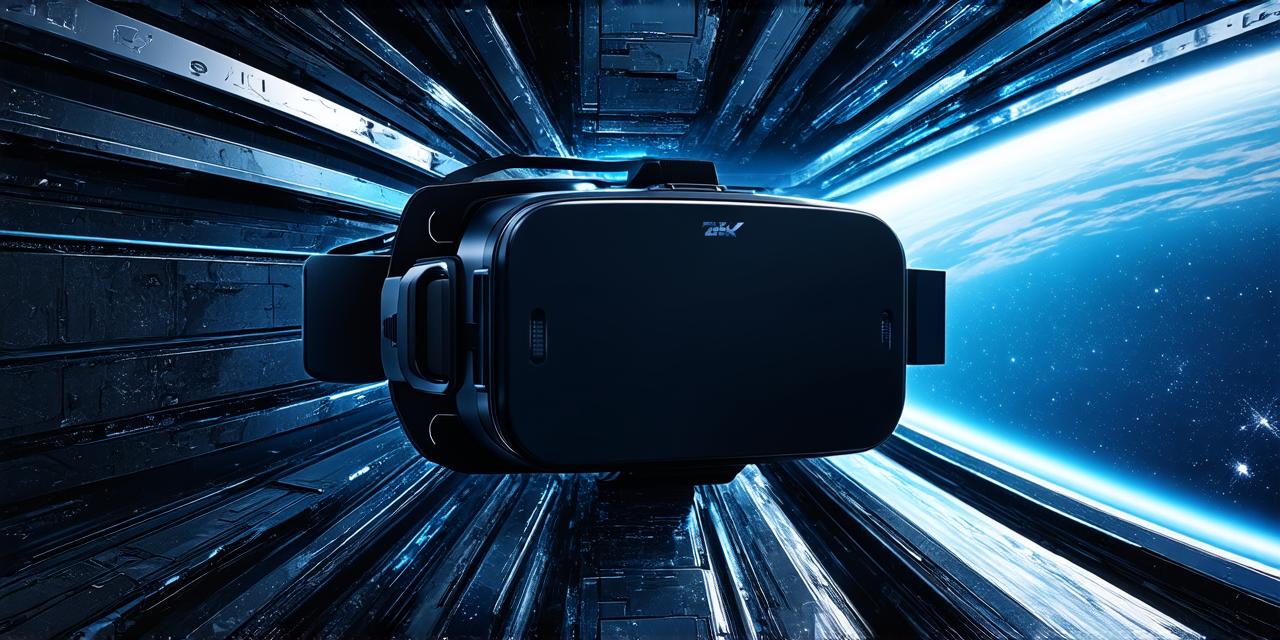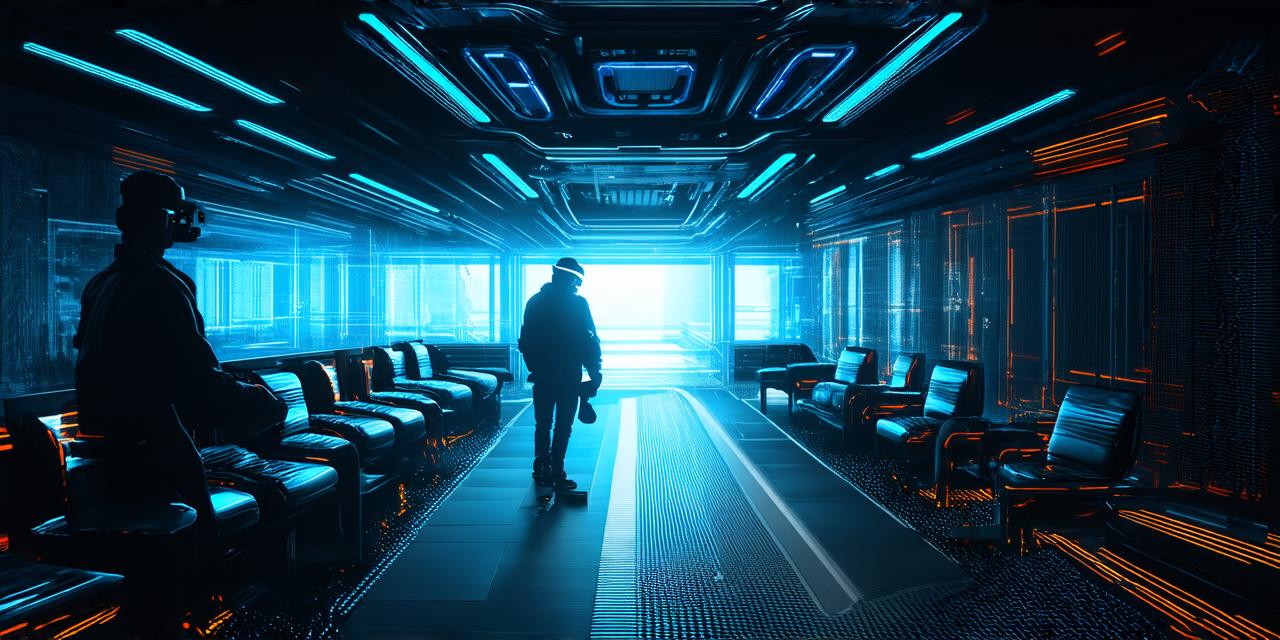Virtual reality (VR) is becoming increasingly popular in the world of augmented reality (AR). VR allows users to enter a virtual world, interact with it, and experience it as if they were really there. In this guide, we’ll walk through the process of creating a VR environment from scratch. We’ll cover everything from the basics of VR development to more advanced techniques for designing immersive environments.
Understanding the Basics of VR Development
Before diving into the technical aspects of VR development, it’s important to understand the basics. Here are some key concepts you should familiarize yourself with:
- VR hardware: The first step in creating a VR environment is choosing the right hardware. This includes the VR headset (e.g., Oculus Quest, HTC Vive) and any additional equipment like motion controllers or sensors.
- VR software: Once you have your hardware, you’ll need to choose VR software that will allow you to create your environment. Popular options include Unity, Unreal Engine, and A-Frame.
- Designing a VR environment: To create a VR environment, you’ll need to design it from scratch. This includes creating 3D models, texturing them, and setting up lighting and other effects. You’ll also need to think about the user experience, including how they’ll move through the environment and interact with objects.
- Testing your VR environment: Before releasing your VR environment, you’ll need to test it thoroughly to ensure that it works as intended. This includes testing for bugs, performance issues, and usability.
Choosing the Right Hardware for Your VR Environment
When choosing VR hardware, there are a few key factors to consider:
- Resolution: The resolution of the VR headset will determine how immersive the environment appears. Higher resolutions generally lead to more realistic environments.
- Field of view: The field of view (FOV) determines how much of the virtual world you can see at any given time. A wider FOV can make the environment feel more expansive, while a narrower FOV can make it feel more focused.
- Motion tracking: Motion tracking is used to track the user’s movements in real-time. This is important for creating realistic interactions with virtual objects.
- Cost: VR hardware can be expensive, so it’s important to consider your budget when making a choice.
Unity: A Popular VR Development Platform
Unity is a popular VR development platform that allows you to create 3D environments, animations, and interactions using C or JavaScript. Here are some key features of Unity that make it a good choice for VR development:
- Ease of use: Unity has a user-friendly interface that makes it easy to get started with VR development.
- Support for multiple platforms: Unity supports multiple VR platforms, including Oculus, HTC Vive, and Google Daydream.
- Integration with other tools: Unity integrates well with other tools like Blender, Maya, and Photoshop, making it easy to create assets for your VR environment.
- Large community support: Unity has a large and active community of developers who can provide support and advice.
Creating Your First VR Environment in Unity
To get started with creating your first VR environment in Unity, follow these steps:
- Install Unity: Download and install the latest version of Unity from the official website.
- Create a new project: Open Unity and create a new project by selecting "File" > "New" > "Project". Choose the "VR" template and give your project a name.
- Design your environment: Use Unity’s built-in tools to design your VR environment. This includes creating 3D models, texturing them, and setting up lighting and other effects. You can also use Unity’s animation tools to create realistic interactions with virtual objects.
- Test your environment: Once you have designed your environment, test it thoroughly to ensure that it works as intended. Use Unity’s built-in testing tools to identify any bugs or performance issues.
- Export your environment: When you are satisfied with your VR environment, export it in a format that is compatible with your chosen VR platform.
Advanced Techniques for Designing Immersive Environments
In addition to the basics of VR development covered above, there are several advanced techniques you can use to create immersive environments:
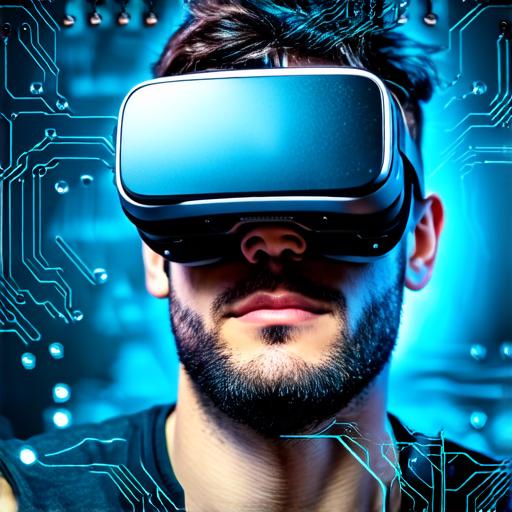
- Spatial audio: Spatial audio allows you to create a 3D sound environment that enhances the sense of immersion. This involves placing sounds in
